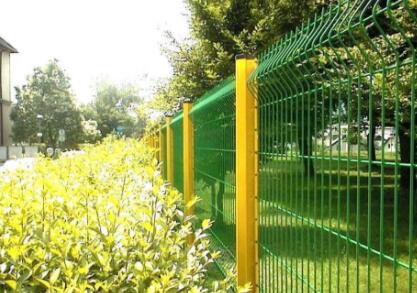The Essential Guide to Countersink Drywall Screws
When it comes to drywall installation, one key factor that can significantly impact the overall finish is the choice of screws. Among the various types available, countersink drywall screws stand out for their unique design and functionality. Understanding their significance and how to use them effectively can make a world of difference in achieving a professional look in your DIY projects or professional construction work.
What Are Countersink Drywall Screws?
Countersink drywall screws are specially designed screws that allow for a flush finish when installing drywall sheets. Their head is designed to sit below the surface of the drywall when driven in, thereby creating a smooth surface for finishing materials like joint compound or paint. This feature is particularly important for avoiding any bumps or imperfections that could be visible after painting.
Why Choose Countersink Drywall Screws?
1. Aesthetics One of the primary reasons for using countersink drywall screws is aesthetics. By having the screw head recessed, you can easily cover it with joint compound, leading to a seamless look that is essential for high-quality drywall finishing.
2. Less Cracking A countersink screw helps reduce the chances of cracking in the drywall. When a screw head is flush with the surface, it distributes the pressure evenly across the drywall, which minimizes stress points that can lead to cracks.
3. Improved Joint Stability These screws typically provide better holding power than regular screws. The design allows the screw to grip the drywall firmly, leading to improved joint stability. This is especially important in high-traffic areas or walls that may experience a lot of movement.
4. Easy to Use Countersink drywall screws can be used with a power drill that has the appropriate setting to ensure they are driven in to the proper depth. This ease of use makes them a favorite among both professionals and DIY enthusiasts.
countersink drywall screws

How to Use Countersink Drywall Screws
Using countersink drywall screws correctly is key to getting the best results from your drywall projects. Here’s a step-by-step guide to follow
1. Preparation Begin by measuring and cutting your drywall sheets to size. Make sure to hold them in place with the help of a support board or assistant.
2. Drilling Use a drill with a drywall bit and set the depth so that it countersinks the screw head just below the surface. This will allow for proper application of joint compound later.
3. Spacing Install the screws approximately 12 inches apart along the edges of the drywall and about 16 inches apart in the field (the middle section). This spacing helps to secure the sheets tightly against the framing.
4. Applying Joint Compound Once all screws are installed, apply a layer of joint compound over the screw heads. Feather the edges to ensure a smooth finish, and allow it to dry completely.
5. Sanding and Finishing After the compound dries, sand the area to create a perfectly smooth surface. Apply additional coats of joint compound if necessary, sanding between coats for the best results.
Conclusion
Countersink drywall screws are an invaluable tool in the drywall installation process, providing both functional benefits and aesthetic appeal. By opting for these specialized screws, you can achieve a professional finish that enhances the overall appearance of your project. Remember, proper installation techniques are crucial to ensuring that your drywall looks flawless once completed. Whether you're a seasoned professional or a DIY enthusiast, understanding and using countersink drywall screws can elevate your work and contribute to a beautifully finished space.

















